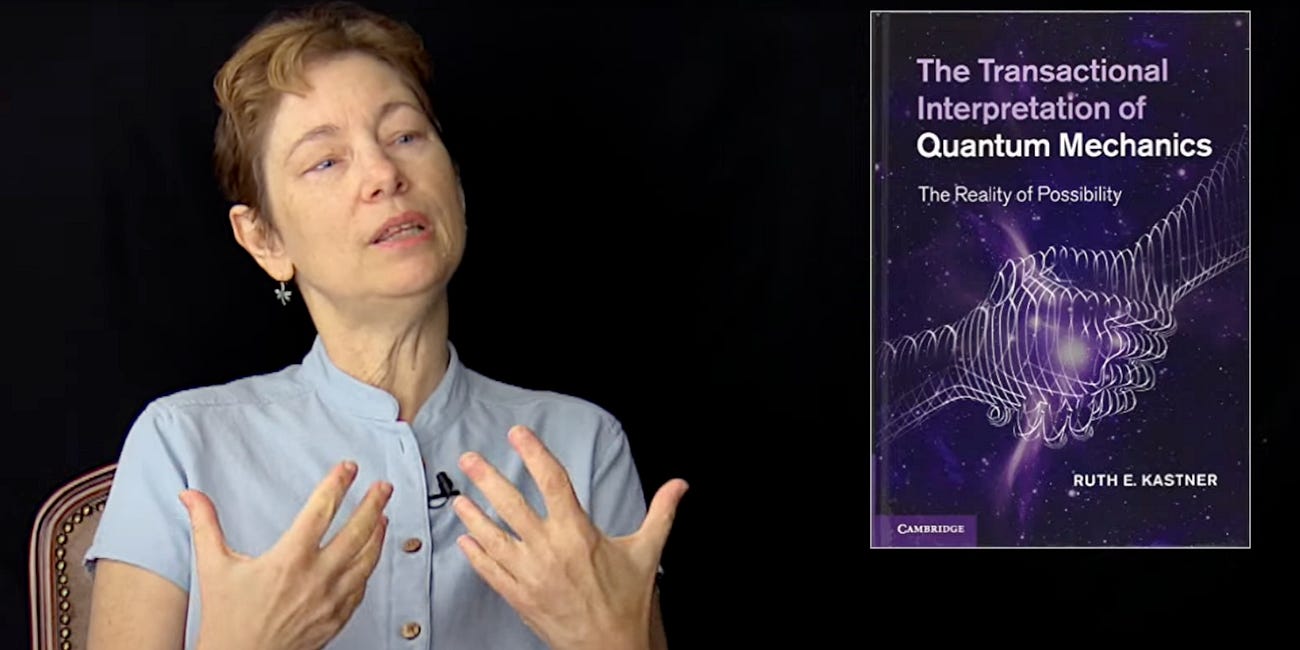Our conversation felt like an improvised rhythm of tangents. But as I joked to Pedro, a perfect circle is made of infinitely many tangents. What might appear like digression is often an expression of the deeper topology of thought, where every seeming sidetrack curves back toward the center.
Plotinus’ νοῦς (nous) floats above space and the bodily senses, while Bergson roots intellect in spatialization. His intellect isn’t a contemplative light but a tool for navigating matter. Jack noted the divergence: where Plotinus exalts vision, Bergson privileges rhythm and duration. Sound, not sight, becomes a truer guide to being.
Pedro linked Bergson’s open morality (see Two Sources of Morality and Religion) to the evolution of consciousness: saints, sages, and mystics open humanity to wider and wider horizons. This resonated with my reading of Whitehead and Rudolf Steiner: that consciousness evolves through embodiment, not in spite of it. Plotinus sees the body as a fall, whereas process panentheists relate to incarnation as the necessary medium for moral and spiritual evolution.
We explored matter as more than privation. For Bergson, it resists the élan vital, canalizing creativity. Matter is a mirror for spirit to reflect upon itself. From there we flowed into physics—light not just traveling through space, but generating it. I shared Ruth Kastner’s transactional interpretation of quantum events giving rise to spacetime. Pedro affirmed an ontological reading of probability, noting how his students, exposed to Bergson and Whitehead, also began to see time as creative advance.
Process Metaphysics Meets Possibilist Physics
Ruth Kastner and I first met several years ago in the context of a seminar series focused on plasma physicist and philosopher Timothy Eastman’s work. Ruth also participated in the “Metaphysics and the Matter With Things: Thinking With Iain McGilchrist”
Jack shifted us to thought without image—chess masters feeling potential moves as virtual forces. Bergson insists on non-representational thinking. I connected this to Jung: archetypes exceed the images they inspire. Representation is a narrow band within a much broader spectrum of cognition.
Pedro mentioned Heidegger’s reading of Nietzsche as the one who collapses δύναμις (dýnamis) and ἐνέργεια (enérgeia). I resisted, since process-relational ontologies need a polarity between potential and actual to account for novelty. But of course Nietzsche doesn’t simply abandon aim, he just embeds it in the flux. Whitehead’s tragic divine poet reintroduces telos—not as triumph but as the lure of Beauty through suffering.
We closed by invoking Plotinus’s final words, that he aimed to find the divine in oneself and unite it with the divine in the cosmos.
Timestamps:
00:00 Bergson’s Two Sources of Morality and Religion reading idea
00:01:15 Intelligence, instinct & free-will
00:02:40 Plotinus vs Bergson on intellect & space
00:03:53 Vision, rhythm & musical duration
00:05:30 Closed vs open morality & evolution
00:09:38 Embodiment, matter & spiritual growth
00:13:52 Dionysian mysticism, Nietzsche & the body
00:16:48 Matter, potentiality & Aristotle’s legacy
00:23:28 Light, infinity & “image all the way down”
00:27:28 Matter as non-being / Buddhist emptiness
00:33:08 Virtuality, memory & pure duration
00:38:53 Probability, quantum ontology & process thought
00:44:18 Space-time as field of tendencies (relativity)
00:49:38 Light, spatiation & quantum transactions
00:57:28 Non-representational thinking & imageless cognition
01:06:43 Will-to-power, teleology & eternal return
01:11:53 “Finding the divine within” – Plotinus’ aim
01:17:58 Chess masters, intuition & virtual perception
01:24:48 Translation project – goals & workflow
01:30:48 Closing remarks & next-meeting plans














Share this post